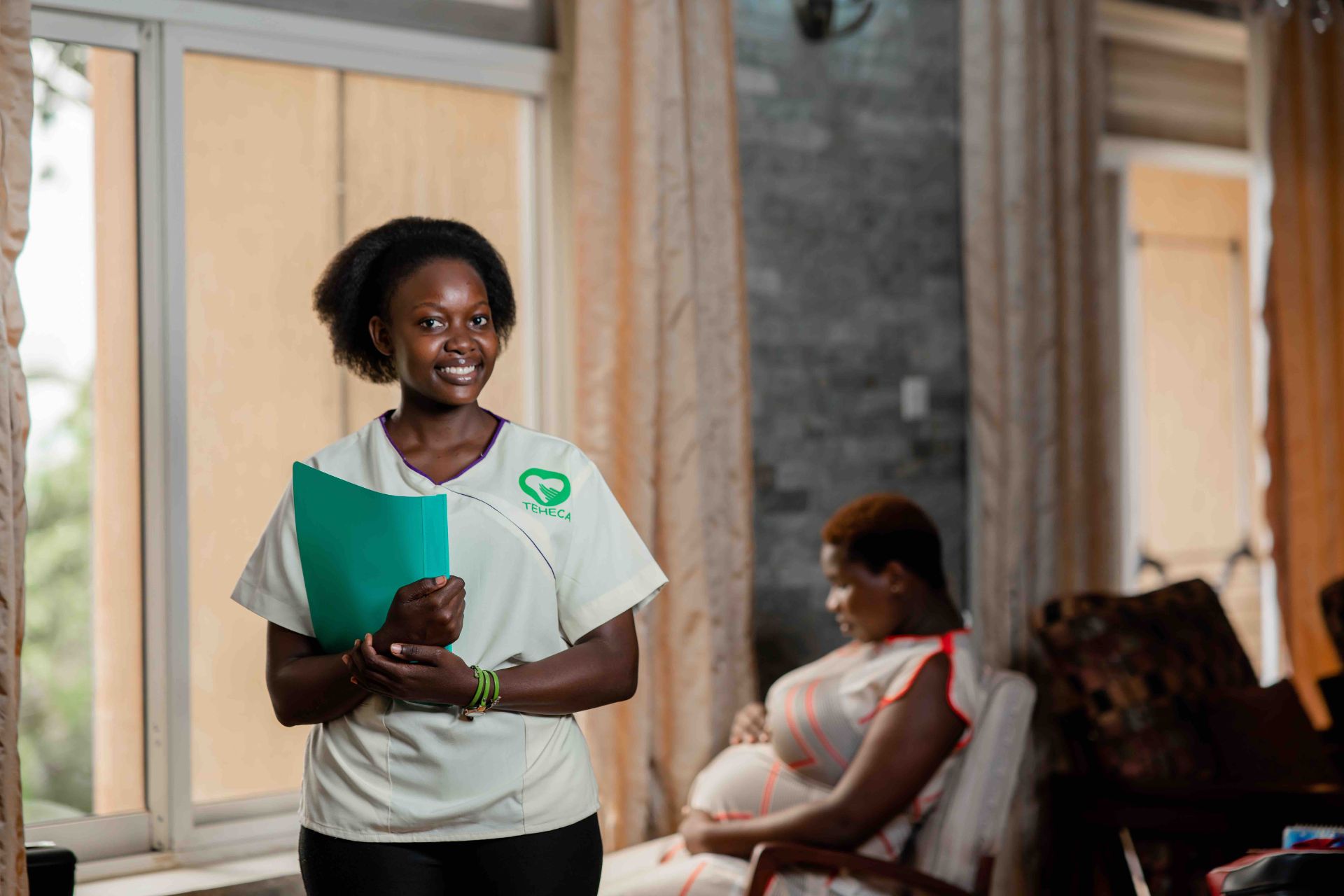In the womb, the umbilical cord connects the fetus to the mother. After birth, the cord is no longer needed. It is cut, and then clamped. This leaves a small stump.
In most cases, the umbilical cord stump dries up and falls off the newborn within the first few weeks of life. Sometimes, however, an infection can develop. This may cause the area around the cord to swell and become inflamed, red, or tender. There may be cloudy, discolored, or foul-smelling discharge from the cord. There may also be oozing or slight bleeding.
To treat the umbilical cord infection, the healthcare provider may prescribe medicine and give instructions for cord care at home.
Medicines for umbilical cord
Your child may be prescribed medicine for infection. If so, follow all instructions for giving this medicine to your child. Make sure your child completes all of the medicine, even if he or she appears to feel better.
General care
- Wash your hands well before and after caring for the cord.
- Clean the area around the cord as directed. You may be told to use a clean, moist cloth, alcohol pads, or a cotton swab dipped in rubbing alcohol. Be sure to remove all drainage and clean an inch around the base. If a little drainage is present you may be advised to use antibiotic ointment after each cleaning. Pat the area with a clean cloth and allow it to air-dry.
- Roll your child’s diapers down below the belly button (navel) until the infection has healed. This helps prevent contamination from urine and stool. If needed, cut a notch in the front of the diapers to make a space for the cord.
- Avoid dressing your baby in clothing that is tight across the cord.
- Don’t put your baby in bathwater until the infection has cleared and the cord has fallen off. Instead, bathe your baby with a sponge or damp washcloth.
- Don’t use talc or other powders on the cord.
- Don’t try to remove the cord. It will fall off on its own.
- Watch for continuing signs of infection. This includes redness, swelling, and cloudy, discolored, or foul-smelling drainage in the area around the cord.
Related: In Home Postnatal Care Services
When to seek medical advice
Seek for medical care right away if any of these occur:
- Your child has a fever of 100.4°F (38°C) or higher, or as directed by the provider. (Seek treatment right away. Fever in a newborn can be a sign of a serious infection.)
- Your child’s signs of infection get worse or do not improve within 2 days of starting treatment.
- Your child won’t stop crying or appears to be in pain when you touch the area around the cord and navel.
- There is increased bleeding from the cord.
- Your child develops a rash, pimples, or blisters around the navel.
- Your child refuses to feed.
- Your child is very sleepy or not moving around as much as usual.
- Your child appears ill or has any other symptoms that concern you.
Follow our blog and social media for more health care tips Facebook, Twitter, LinkedIn
[cta_btn color=”success” size=”” link=”https://www.http://blog.teheca.com/in-home-postnatal-care-request/” ]Request for In home check up[/cta_btn]
.
Article originally share here





Leave a Reply